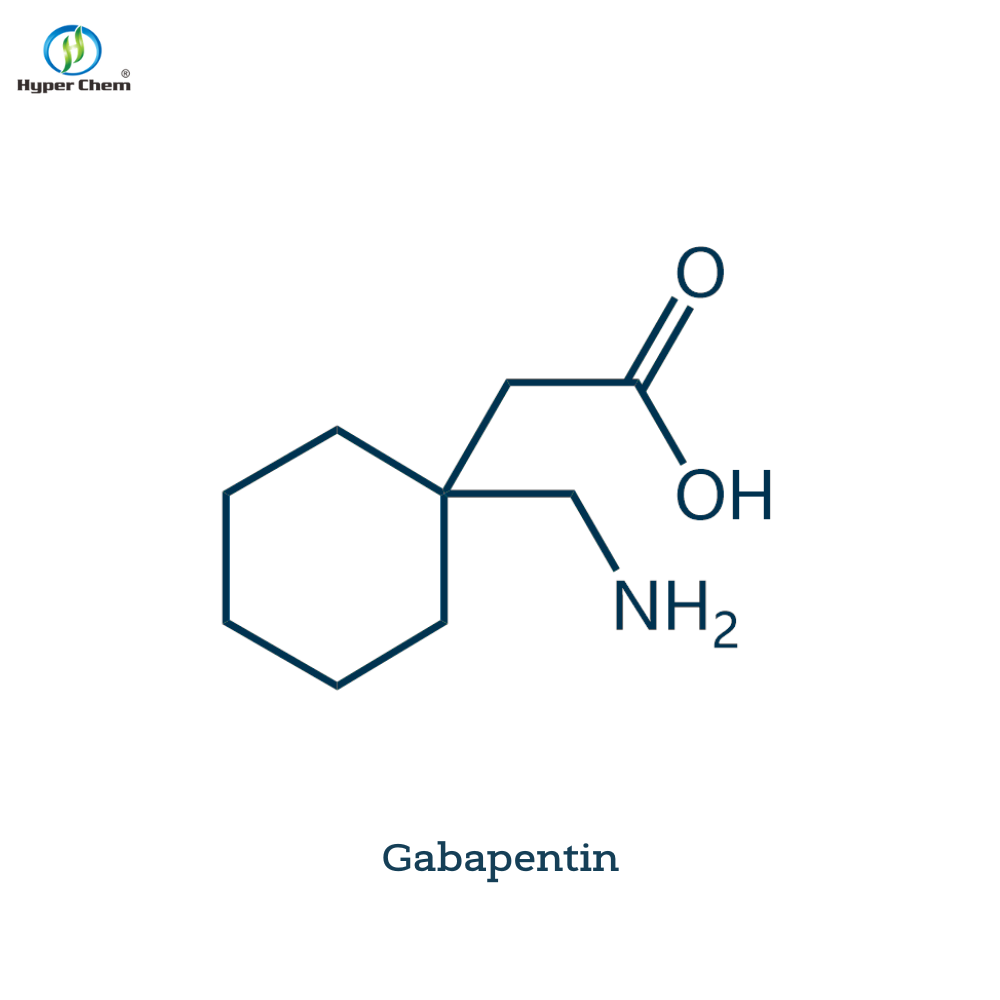Cell: key proteins involved in the migration and prominent formation of neurons
-
Last Update: 2020-01-29
-
Source: Internet
-
Author: User
Search more information of high quality chemicals, good prices and reliable suppliers, visit
www.echemi.com
January 29, 2020 / Biovalley BIOON / -- previous studies have shown that the combination of three proteins, teneurin, latrophilin and flrt, helps to maintain close contact between neurons, promote synapse formation and exchange information between cells However, in the early stage of brain development, the interaction of these proteins will lead to the rejection of migrating nerve cells Teneurin is also a very ancient protein in evolution It has been found in bacteria, worms, flies and vertebrates However, the role of these proteins in brain development is still unknown when neurons have not formed synapses To solve these problems, researchers from Germany studied the structure of teneurin latrophilin protein complex in detail Using high-resolution X-ray crystallography, they found more information about its function in early brain development (image source: www Pixabay Com) structural analysis and subsequent flrt binding simulation analysis enabled researchers to identify the binding sites of three proteins Further, by destroying these binding sites, the researchers found that the migration behavior of embryonic neurons in the mouse brain had changed During brain development, embryonic neurons migrate to specific brain regions These three proteins help guide cells to their destinations "Surprisingly, it's not through a mechanism similar to the" attraction "mechanism in synaptic formation, but through cell rejection," explains R ü diger Klein of the Max Planck Institute of neurobiology Embryonic neurons usually have only one cell body and short processes, which are called neurites When teneurin and flrt combine with latrophilin, the cells will repel each other This mechanism leads to the partial loss of migration rate of migrating cells However, when it meets latrophilin on the axon surface, the repulsion is no longer triggered At this point, proteins pull cells together, induce synapse formation, and ultimately lead to the assembly of the AC neural network "The interaction of the same proteins leads to completely different responses, which depends fundamentally on their location in the cell," said Daniel del Toro, Maria a carrasquero Ordaz, Amy Chu, Tobias ruff, Meriam Shahin, verity A Jackson, Matthieu chavent, Miguel berbeira Santana, goenuel Seyit Bremer, Sara Brignani, Rainer Kaufmann, Edward Lowe, Rüdiger Klein, Elena Seiradake Structural Basis of Teneurin-Latrophilin Interaction in Repulsive Guidance of Migrating Neurons Cell, 2020; 180 (2): 323 DOI: 10.1016/j.cell.2019.12.014
This article is an English version of an article which is originally in the Chinese language on echemi.com and is provided for information purposes only.
This website makes no representation or warranty of any kind, either expressed or implied, as to the accuracy, completeness ownership or reliability of
the article or any translations thereof. If you have any concerns or complaints relating to the article, please send an email, providing a detailed
description of the concern or complaint, to
service@echemi.com. A staff member will contact you within 5 working days. Once verified, infringing content
will be removed immediately.







